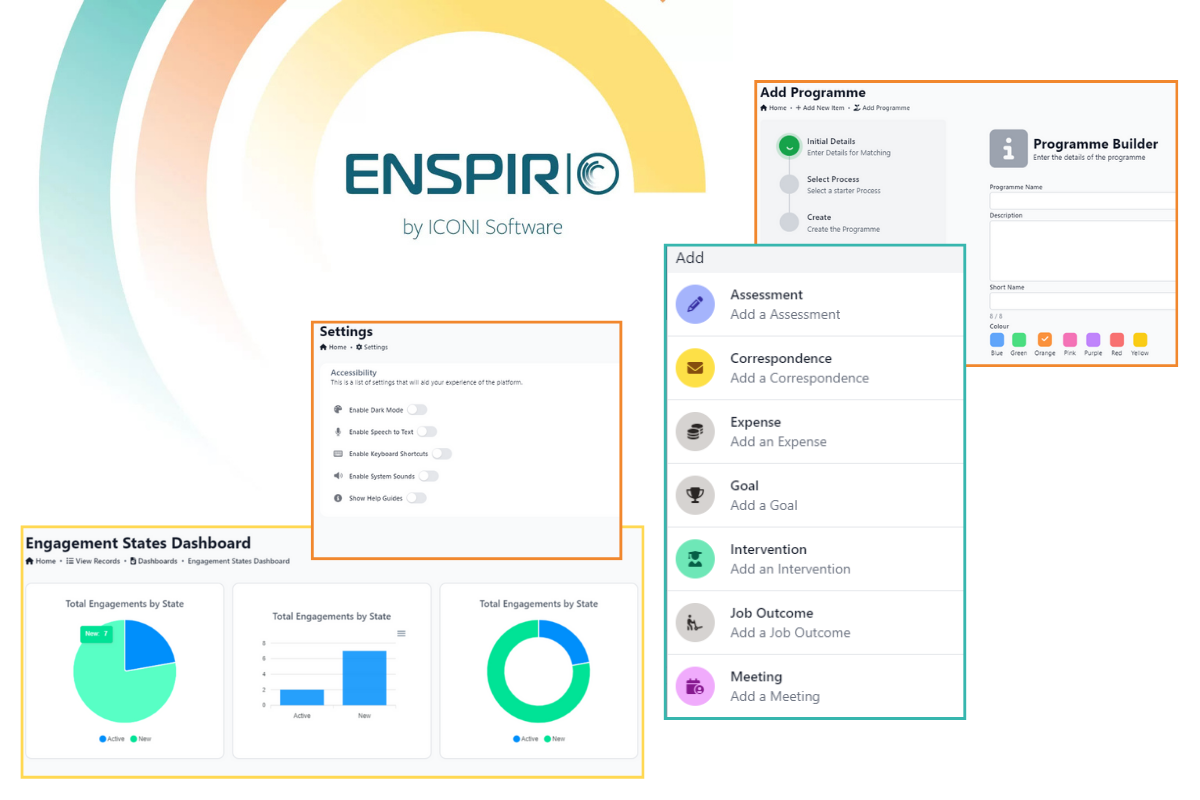Unlocking educational potential: The power of innovation and collaboration in data management

In an evolving educational landscape leveraging technologies and fostering collaboration are crucial, for driving positive transformations in the education sector. Holding extensive potential to that – is data management. In his latest article, Go Live Data CEO Adam Herbert, explores how data management can help revolutionise education, contributing to a more personalised and efficient learning experience for students.
Understanding the landscape
A key exercise is to explore the types of data generated within educational settings, which tend to include, student performance data, and administrative and learning analytics data, which highlights the rise in data-driven decision-making concerns, from which curriculum design and resource allocation can be made. With so many aspects of educational life associated with data, there is an array of decisions to be made off the back of it, which positively impact the organisation.
With the majority of educational settings incorporating Artificial Intelligence (AI) into their practices, with additional professional support, AI can be used for a range of things to personalise learning experiences, predict student outcomes, and automate a host of administrative tasks. Using learning management systems (LMS) allows for the impact of platforms to be measured and is extremely beneficial in managing and organising educational data fostering collaboration and facilitating blended learning.
Collaboration
There are specific ways in which this can occur such as where schools, colleges, and universities share data and best practices to improve educational outcomes. Industry-education collaboration relates to partnerships between educational institutions and industry organisations. An example of this would be when colleges work with businesses, regarding the many thousands of apprenticeships available within colleges across the UK.
For this to work effectively, educational establishments need to ensure they have the correct measures in place to address concerns and to comply with legislation, on data privacy and security. This means that robust safeguards and ethical data management practices must be implemented, either by internal professionals or by external data management companies – especially regarding GDPR and PECR – you must have a robust internal data management process or the right partners in place to ensure you are compliant with legislation. This is an area still misunderstood by many professionals.
The Future
Predictive analytics in education involves the use of data analysis, statistical algorithms, and machine learning techniques to identify patterns and make predictions about future student behaviours and performance. When applied effectively, this plays a crucial role in anticipating student needs and enhancing educational interventions and it will continue to be a key part of institutional processes. Here are the various ways in which predictive analytics can benefit education:
- Early identification of at-risk students: Predictive analytics can analyse various data points such as attendance, grades, behaviour, and engagement to identify students who may be at risk of falling behind or dropping out
- Personalised learning paths: By analysing individual learning styles, preferences, and past performance, predictive analytics can help create personalised learning paths for students, with tailored instructions to meet specific needs and by optimising learning and improving overall academic outcomes.
- Resource allocation: By identifying areas where students may struggle or need more support, schools can allocate resources such as tutoring, counselling, or technological tools to certain groups or individuals, ensuring more effective use of resources.
- Improving retention rates: Predictive analytics can assist in identifying factors that contribute to high dropout rates. By looking at historical data, schools can develop strategies to address these factors and implement constructive interventions.
- Enhancing teacher effectiveness: Teachers can benefit from this by gaining insights into the performance of their students and receiving recommendations on effective teaching strategies. This approach enables them to adapt their teaching methods to better align with the needs of their students.
- Parental involvement: It can also be used to involve parents in the educational process. By providing insights into their child’s academic progress, parents can be better informed and engaged, leading to more collaboration between schools and families.
As education embraces what data can bring, the potential for positive transformation is endless. By harnessing the power of effective data management, educational institutions can create an exceptional, dynamic and responsive learning environment that caters to the needs of every student.
By Adam Herbert, CEO and co-founder of Go Live Data
FE News on the go
Welcome to FE News on the Go, the podcast that delivers exclusive articles from the world of further education straight to your ears.
We are experimenting with Artificial Intelligence to make our exclusive articles even more accessible while also automating the process for our team of project managers.
In each episode, our thought leaders and sector influencers will delve into the most pressing issues facing the FE.











Responses